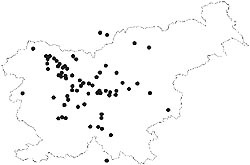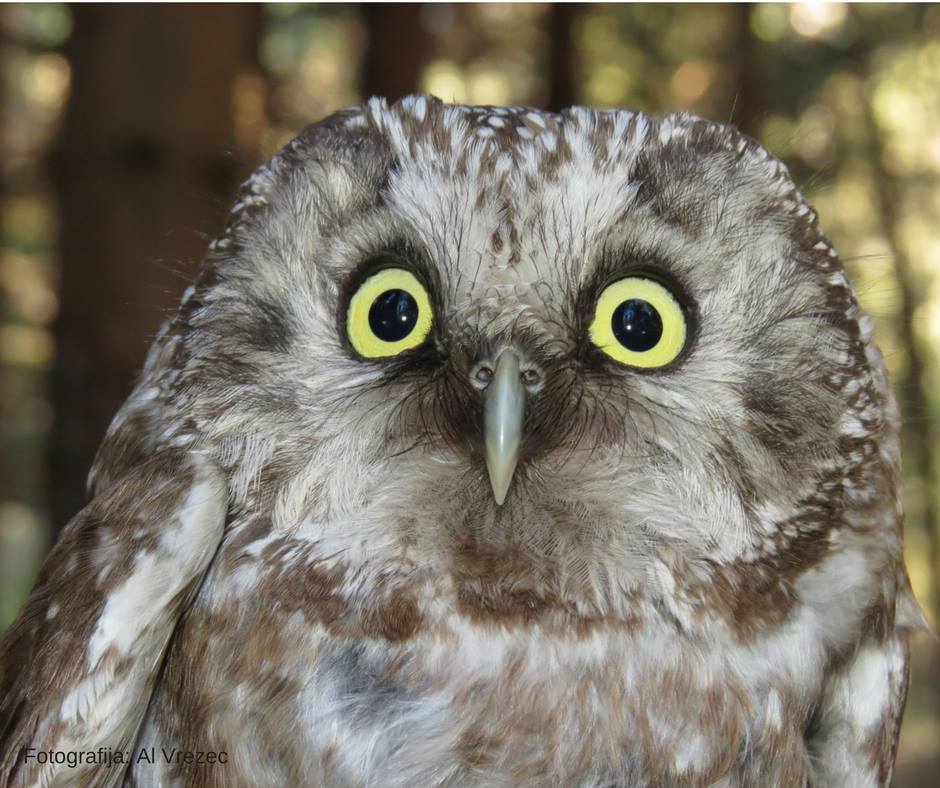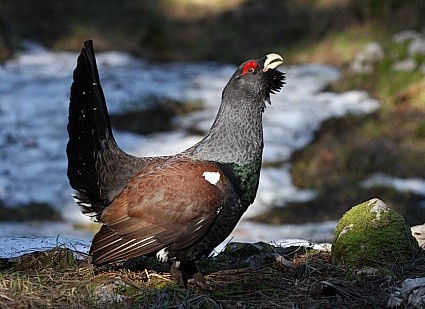Capercaillie
The Capercaillie is our and Europe’s largest grouse. The male is generally black, with conspicuous red patches of naked skin above each eye. The female, which incubates on its own and also takes care of the young, has protective pea-brown coloured plumage with distinct rust-red patch on the breast. In Slovenia, the Capercaillie inhabits a mixed forest at an altitude of 800 meters or more, which means that it is moderately present only at individual forest sites.
Pebbles
The commonest pebbles in their stomachs are composed of quartz.
Vocalization
Most characteristic of Capercaillies are, apart from their diet, the very distinct voices related to their courtship behaviour. In the second half of April and May, the male embarks on his “concert performance” in a tree early in the morning, in the twilight, when the majority of birds have not started singing yet, as his voice is barely half-voiced and would not be distinct or prominent enough during the later all-round bird concert. His noises are performed in four parts, the first called “saw-whetting”, which then turns into “grinding”, followed by the “main blow” as if opening a bottle of champagne, and ending with the fourth part “grinding hissing”, when the Capercaillie can be approached. The grinding hissing sounds last for only two or three seconds, when we can take a step or two, hardly three.
Courtship dance

Capercaillie distribution map according to the A. Schuster’s data from 1932.
Nesting
A female lays up to twelve eggs (young females six or less) in a modestly lined cavity in the ground, often at the foot of a tree, and hatches them within four weeks. The young eat mainly insects and other small invertebrates. They grow relatively quickly, as they start spreading their wings after a couple of weeks and take off after two months. The young stay with their mothers until winter, when they become totally independent.
Threat status
The Capercaillie is a highly endangered species in our country, as heavy losses occur among the young, often even entire litters. Furthermore, humans greatly encroach up its habitat, disturbing it excessively. Although Capercaillie hunting ended in Slovenia back in 1980, its population has not increased, mainly owing to disturbance by man as well as to the irreparable changes and destruction of its habitat and man’s submission to short-term human interests.



